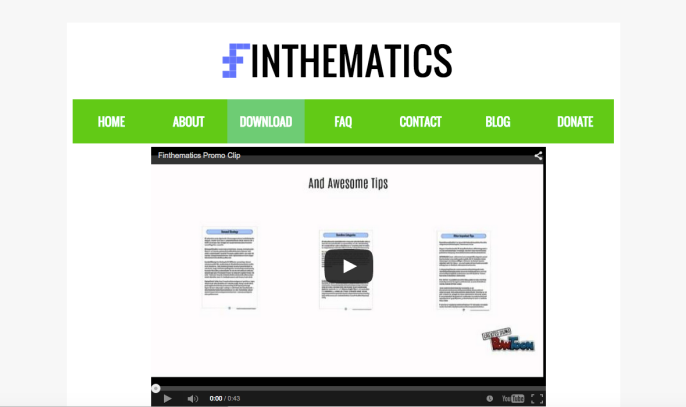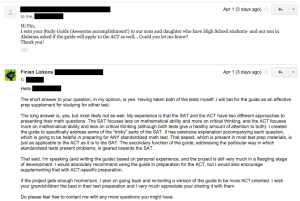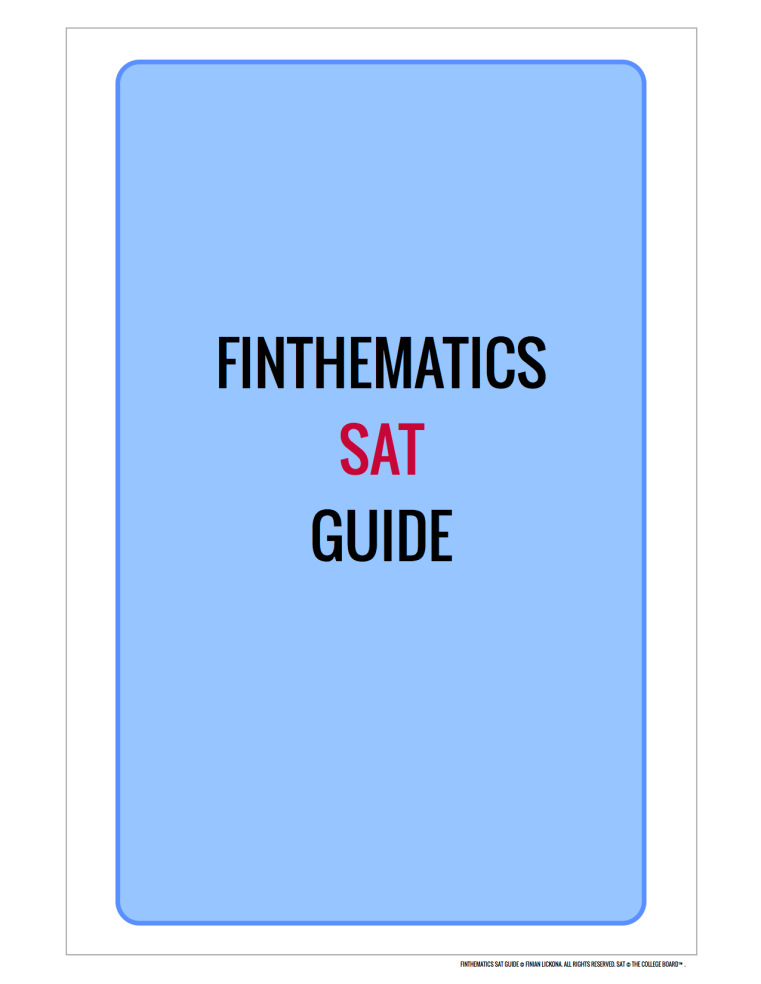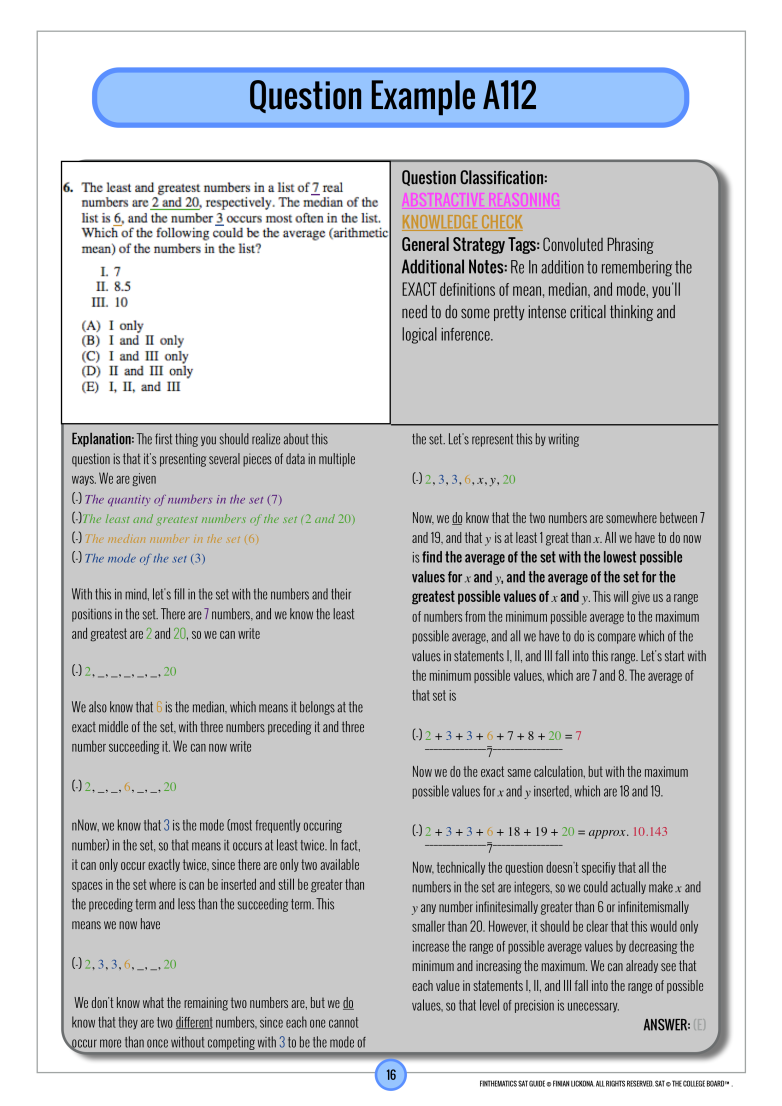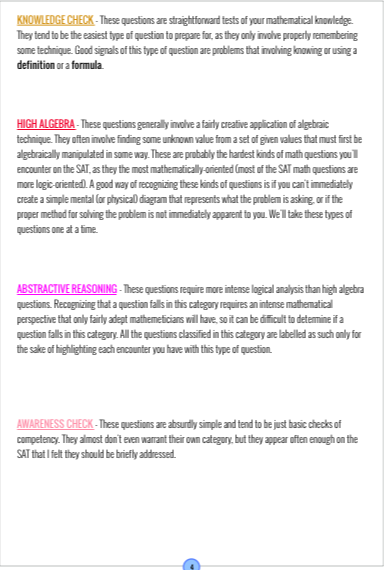So, I did it. I finished the first pass of editing the guide. There were a lot of typos, and a few places where I was able to make the language clearer. I also expanded the General Strategy section and the final “Other Important Tips” section. The new guide is 35 pages long, which is 2 pages longer than the first version. I also included a brief page to describe the proper way to utilized the guide (some of my formatting decisions may seem odd) and I changed the color of the Knowledge Check category from dark yellow to orange to make it more visible. I also changed the Awareness Check category to indigo for the same reason. The final product looks even cleaner than the first edition. I’ve included a screencap of the only example that had four of the six categories, which also happened to be one of the few that I had to review some material before I was able to effectively explain it.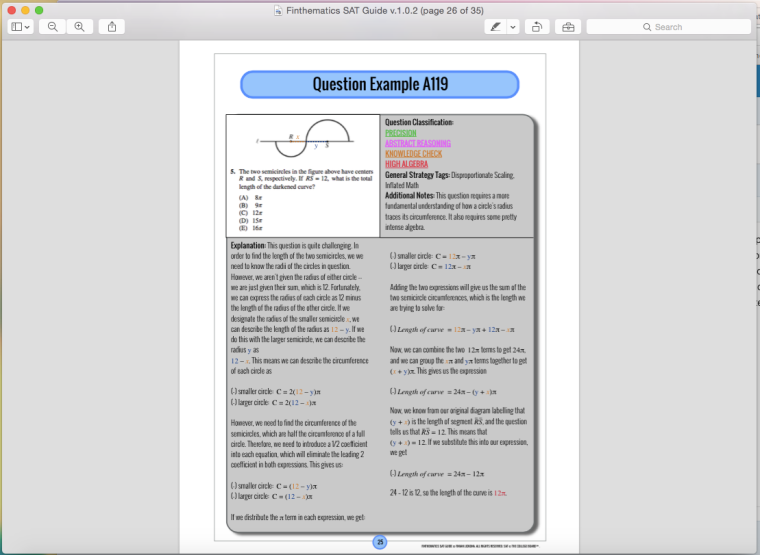
Needless to say, I’m pretty proud.
The next step in the project is to actually field test it with people who will be taking the upcoming SAT and see if the darn thing actually works. I also need to start setting up the website where I’ll be hosting the guide, and I need to look into an necessary licensing I’ll need to obtain in order to legally receive donations for the project. I intend to keep the guide free forever, but I also want to be able to expand on it, so I plan on soliciting donations to purchase an Adobe Illustrator License, a Wacom Tablet and screen-capture software to possibly make a complementary video lecture series, and to offset the website hosting expenses. I also might have to do some marketing in order to actually make people ware that the guide exists, but that step (and all steps, to be quite frank) hinges on the reality that the guide actually helps. If it doesn’t, then I either need to scrap the whole thing or make some major modifications. However, I have a pretty good overall feeling about the whole thing. My grandfather, who is a professor of psychology with a focus on developmental psychology and a big hand in the public education system, thinks the guide is great (he was also my primary editor). Here’s hoping he’s right!
